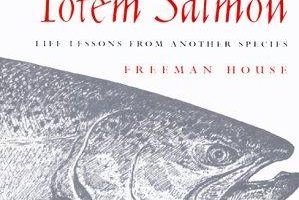The reason brain games are so satisfying is purely scientific: chemicals. We get a DOSE of them when we succeed...
Read More
My Daily D.O.S.E.


The reason brain games are so satisfying is purely scientific: chemicals. We get a DOSE of them when we succeed...
Read More

I wrote this piece for the Retro prompt "Gardens," but I've posted it here to celebrate the salmon that reinhabited the Mattole watershed as a form of recycling.
Read More

Kinky Boots
I’m not a big shopper or a fashionista, but let me tell you about some perfect boots I bought back in the 1970s when we were living in London for an all-too-brief, magical time. (See also Laundry Day in London, Inks and Derek: Art and the Cricket Scores, Valentine’s Day in Foggytown, and Intro to Cookery)
One day I went shopping for some chic black leather boots that were then all the rage, and in a Kings Road shop I found a fabulous pair that fit perfectly. The only problem was the £35 price tag.
The exchange rate then was $2.50 to the pound, and I knew that would make an $87.50 dent in our American budget, more than I would ever pay for boots in those days.
But I really wanted those great-looking boots, and they fit so well that somehow my brain refused to compute, and I kept telling myself they were a real bargain at only $35. And, I further rationalized, for only another $35 I could buy a pair in brown, and I’d have the perfect boots to go with everything in my wardrobe!
And so I bought both pairs, and let me tell you that walking around London in those fabulous boots, I felt like a million bucks!
– Dana Susan Lehrman